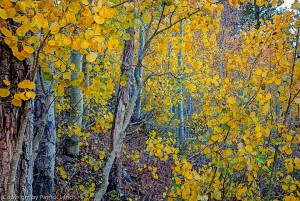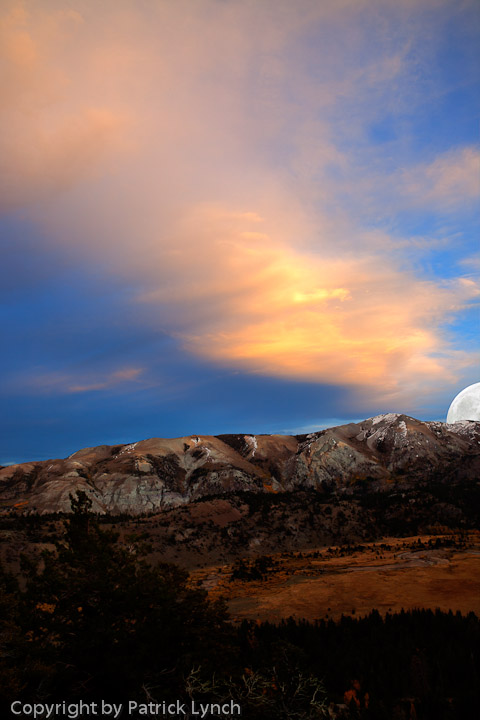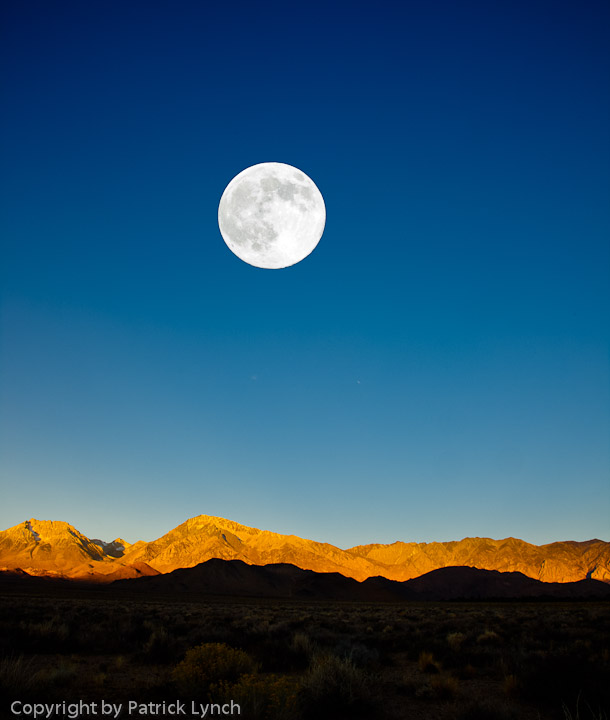When I go out to a restaurant, often I order something new, just to see what it is like, but sometimes I have the tried and true (like vanilla ice cream). Most folks I know have some spark of adventure in them, and some being comfortable. I drive the same 4 routes to work with very little adventure, whichever way is quickest, but with food, far more adventuresome. What about your photography? Are you learning something new? Or are you doing what you always do?
I have been curious about night photography, but haven’t done much. I have thousands of frames of Yosemite, but when an opportunity came up to try night photography I was up for it (in a literal sense as well; the first night ended about 1:30 AM). Mostly the photos were duds which is not a surprise for the first time out. I don’t particularly like the first image because of the blurriness of the stars. Here are some of the the things that I learned:
- Even with a red light headlamp, it causes problems. Lots of images where the red light either came in through the eye piece or the foreground.
- Similarly the red light on the camera for when it is active caused problems as well.
- It helps if there is no one around with extraneous lights !
- For the next night I put duck tape over active light on the camera (it still shown through, but much less, and didn’t seem to impact the photos)
- I also put duck tape the second and third nights over the view finder to minimize any light that way as well.

- Dress warmly. This one I had nailed, even though it was in the 80s during the day, at night with a breeze it was cold.
- I also knew about hanging my camera bag from the tripod to help stabilize the tripod from the breeze.
- I had problems getting the right exposure and focus
- As can be seen in the the first image, that has the crisp silhouette, but small star tracks getting a good crisp sky, properly lit sky is tricky.
- Use the fastest lens you have !
- If you have a foreground, then use 2 different exposures with different focus points. Use tape to hold the zoom, and focus in one place so that it doesn’t creep during the exposure.
- Look up ahead of time what is needed for a good night shot (it is different between star trails, and milky way shots) that has ISO, exposure time, f-stop. Nice sites with info:
- TURN OFF automatic noise reduction in the camera (certainly for Canon, maybe Nikon as well), as it doubles the time needed for every exposure.
- And of course ! a GOOD tripod.
There is still lots more to learn about night photography ! Also lots of interesting foregrounds to use.
What are you learning that is new? Go look at some photos, and see what you would like to try that is new? Patrick Lynch Photography















